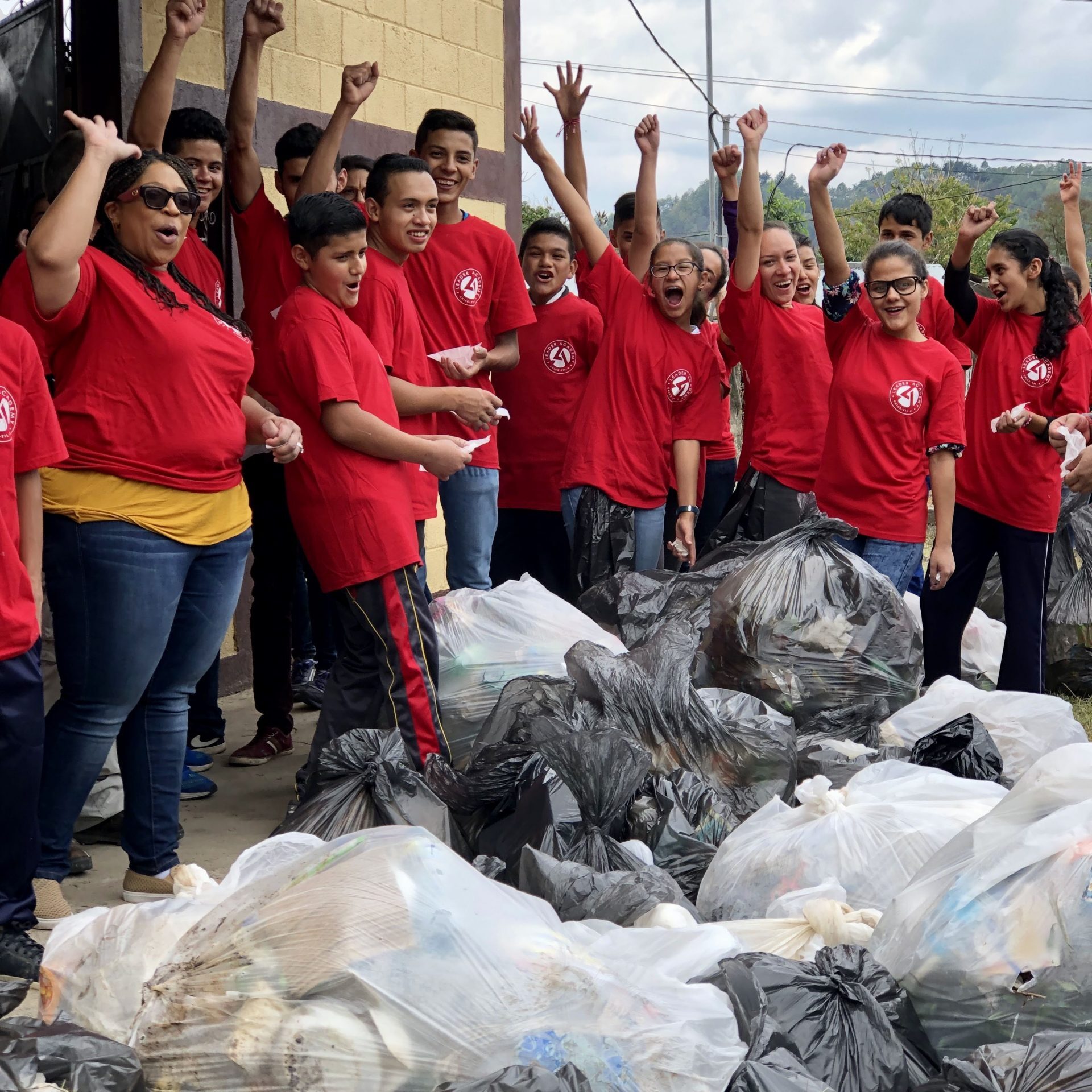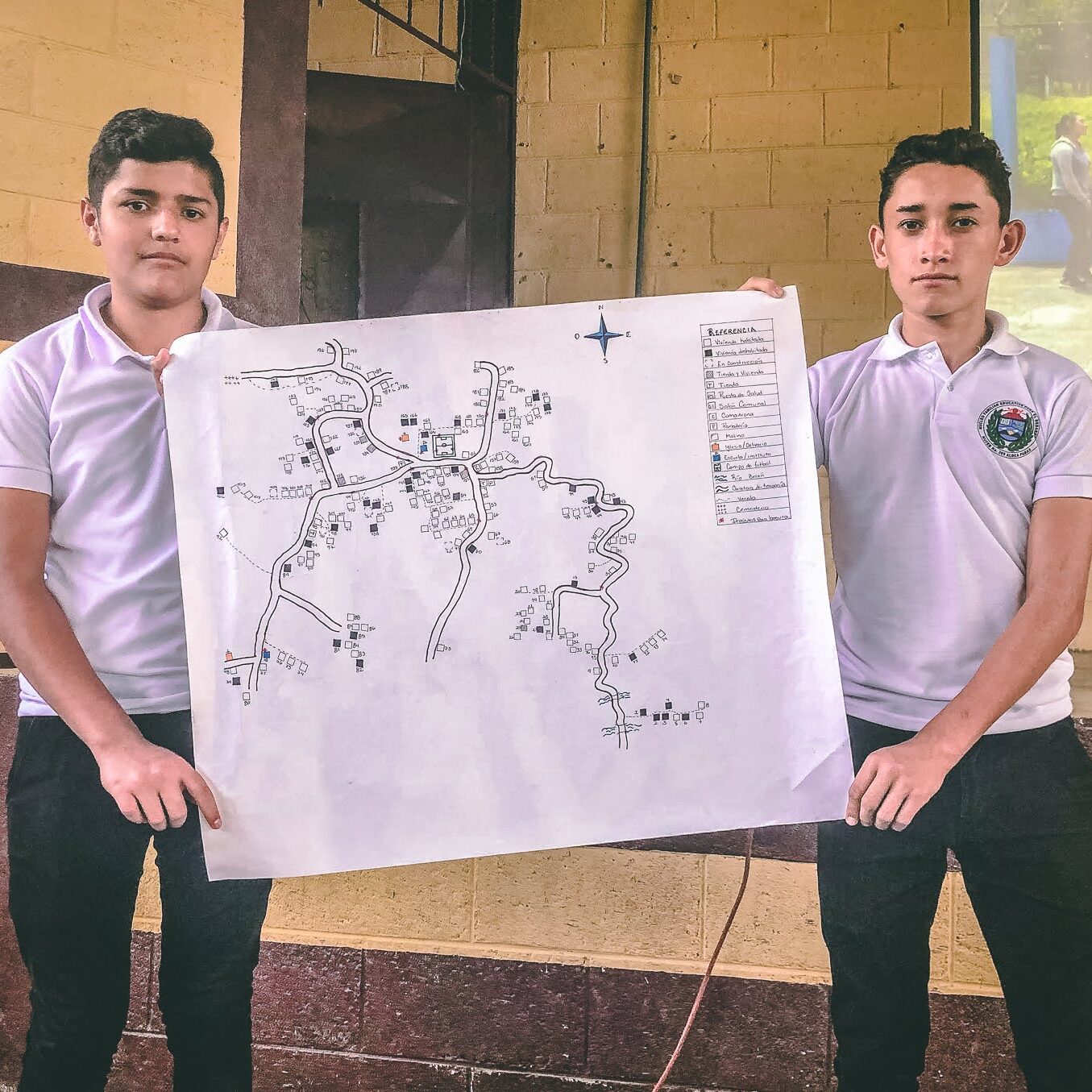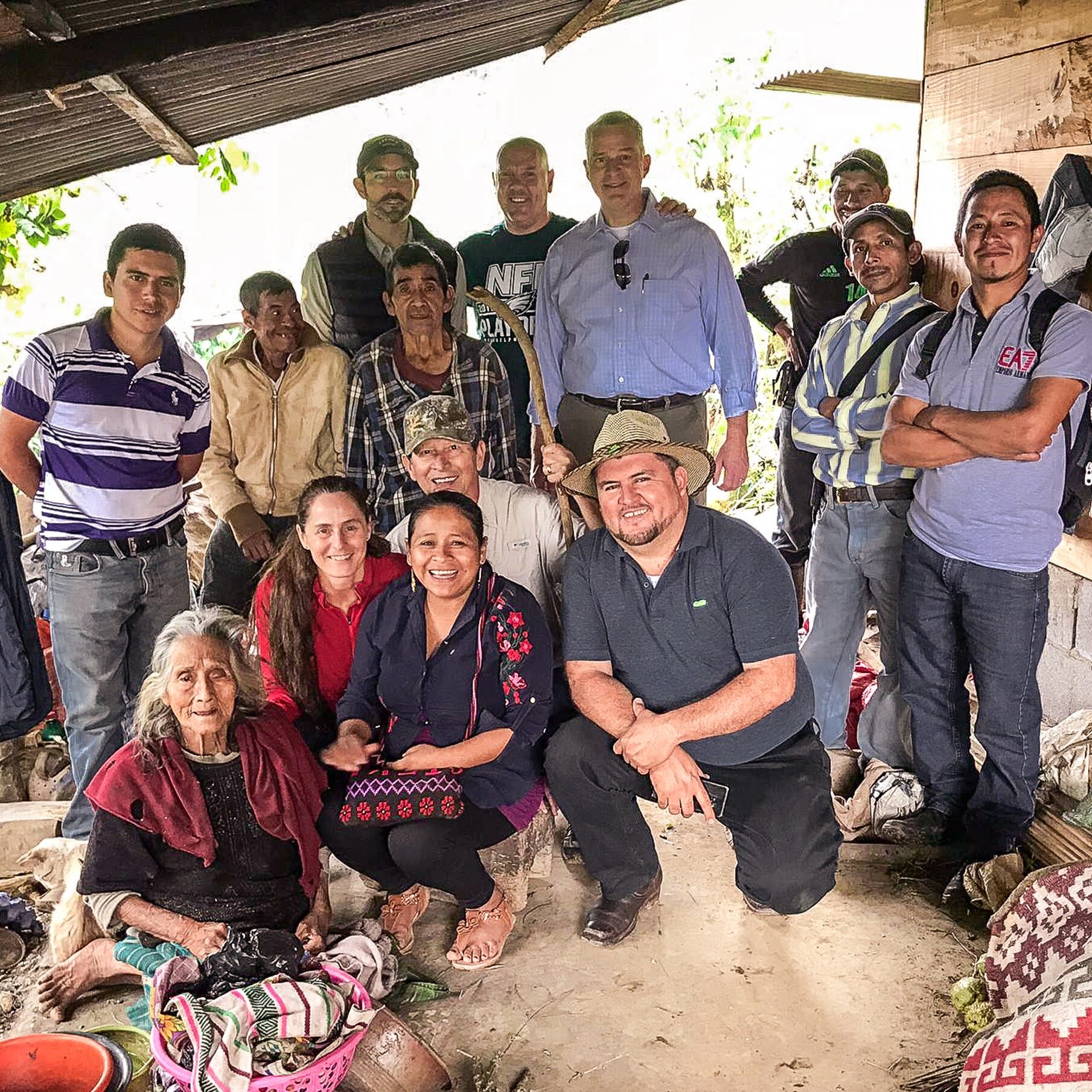
Welcome to Guatemala.
From tropical rainforests to volcanoes and staggering mountains, Guatemala has no shortage of natural beauty and biodiversity. Draped over this backdrop lies a rich cultural fabric, woven from the country’s vibrant Mayan heritage and its twenty-plus spoken languages. With a population of over 17 million people, Guatemala is the largest country in Central America. However, it remains one of the poorest in terms of GDP/capita, and ranks in the bottom third of the United Nations Development and Progress (UNDP) Human Development Index (HDI).
Environmentally, the country contains one of the most important biospheres for the Western hemisphere, yet has experienced particularly large deforestation over the past 30 years. Guatemala has very high child labor rate (26%), high illiteracy rate (19%), and high primary school dropout rates, and is a significant source of illegal immigration to the U.S. due to economic disparity, especially in rural communities.
Some things need to change. Read on to learn what's changing in our communities.
ThriveWorx & Guatemala
ThriveWorx focuses on five pillars of development: Education, Economic Opportunity, Leadership, Environment, and Health. Every community that we work in has different needs within these categories. We work with each community we partner with to build a custom development plan. Broadly speaking, rural communities in Guatemala tend to have more basic needs concentrated in the areas of Health, Education, and related infrastructure.
Health
Though community priorities vary across the country, many communities we work with lack reliable, plentiful access to clean water. This is especially the case in the department of Huehuetenango, located in the western highlands of Guatemala. Securing access to clean water not only provides dramatic improvements in Health (in stemming the incidence of waterborne illness), but also has implications for Economic Opportunity (improved productivity, better attendance at school, less money spent on firewood) and Environment (decreased deforestation for firewood). ThriveWorx launched a Clean Water Initiative in 2018 to address this vital need, and has expanded it to reach new communities year after year.
Education
Schools in the communities we partner with have a variety of needs, from rebuilding and repairing infrastructure to implementing character education curriculum in elementary schools and leadership programming in high schools. Across all communities, though, there is an eagerness to equip the next generation for success.



Poverty
Despite relatively stable economic growth in recent years, Guatemala has experienced increasing economic inequality and higher rates of poverty. As of 2014, 59% of the population of Guatemala was living in poverty. When looking at the indigenous population, though, that percentage increases to 79%, with 40% of the indigenous community living in extreme poverty. The rural poor (largely indigenous) were disproportionately affected by the country’s civil war that ran from 1960-1996, during which over 200,000 Guatemalans died. The indigenous population has faced decades, if not centuries, of economic and social discrimination that have relegated them to cyclical poverty, marked by malnutrition and disease. Land reform and economic opportunity are crucial to helping these groups rise out of poverty.
Literacy & Malnutrition
The overall literacy rate in Guatemala is around 81%; however, literacy rates vary significantly when looking specifically at women and at indigenous populations. Guatemala also has one of the highest malnutrition rates in the world, with almost 50% of children under five years old considered to be malnourished.
*Children under five years old.
Influence of Coffee
Coffee production gained traction in Guatemala during the tenure of President Justo Rufino Barrios in the 1870s and grew to account for 90% of Guatemalan exports by 1880. Guatemalan coffees are known for their high quality, attributed to the rich volcanic soil and many different microclimates the coffee is grown in. In the 2018-2019 season, about 38% of coffee exported by Guatemala was exported to the United States.
Coffee production has not been without negative externalities. Throughout history, as coffee and other types of agricultural production rose, communal lands held by the Maya and other indigenous populations were expropriated for use. Land ownership policies enacted by Guatemalan governments over decades reinforced the uneven land distribution between large-scale plantation owners and small coffee farmers. Large coffee farmers often employ seasonal migrant workers, largely indigenous, at low wages, further entrenching the social and economic disparity. Small-scale coffee farmers play a large role in coffee production, though, together making up 80% of Latin America’s coffee production. There are currently around 120,000 small-scale coffee farmers in Guatemala.
Like many small-scale coffee farmers worldwide, in recent years coffee growers in Guatemala have been faced with two significant challenges: coffee rust, a fungus ravaging coffee plants and their production; and volatile coffee prices. Farmers who are unable to break even on their production costs each year have begun to abandon coffee farming for other options – one of those being immigration. In fact, some have drawn a connection between low coffee prices and a surge immigration to the U.S (see "The Migration Problem is a Coffee Problem" by the Washington Post). By partnering with coffee farmers to provide consistent pricing over the long term, Thrive Farmers' purchasing model provides greater stability to coffee farmers and their families.
Geography & Size
Roughly the size as Tennessee, Guatemala has several mountainous regions that are interspersed with volcanoes. More than half of Guatemala’s population lives in rural regions, particularly in mountainous areas.
Population
With a population of approximately 17 million, it is the most populous country in Central America. Additionally, with half the population under the age of 19 years old, it is also Latin America’s youngest population.
Climate
Guatemala has a tropical climate: hot & humid in the lowlands, and cooler in the highlands. The country has two seasons: dry and rainy. Dry season typically runs November through April, while rainy season typically runs May through October.
Curious for more?

TEAMWORX
Home
Our Model
Where We Serve
COSTA RICA
Country Profile
Travel Guide
GUATEMALA
Country Profile
Travel Guide
Huehuetenango
serve@thriveworx.org
215 Hembree Park Dr Ste 100
Roswell, GA 30076
(770) 404-6789

Copyright 2020 ThriveWorx Foundation, Inc. | Privacy Policy Accessibility Statement
